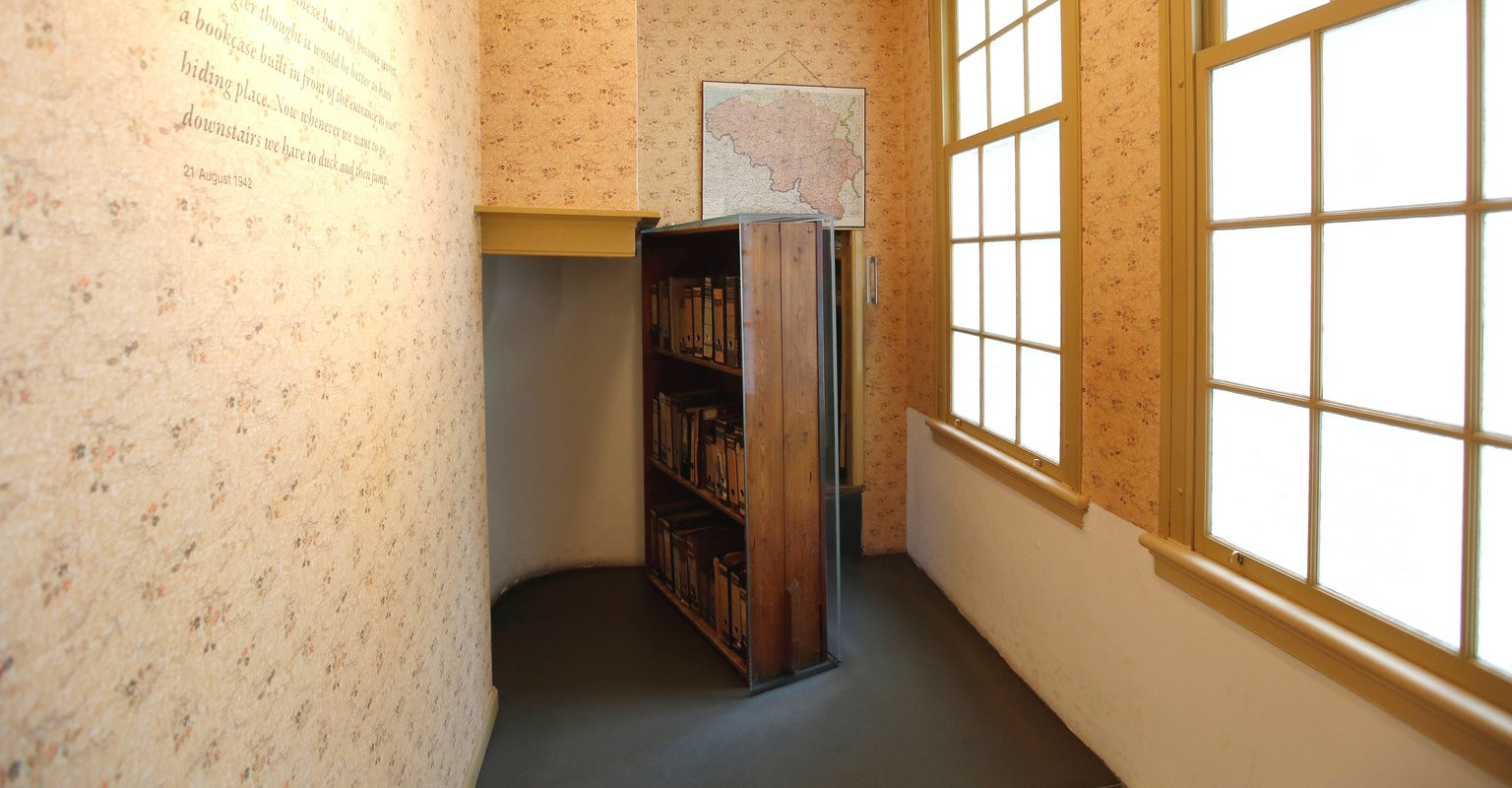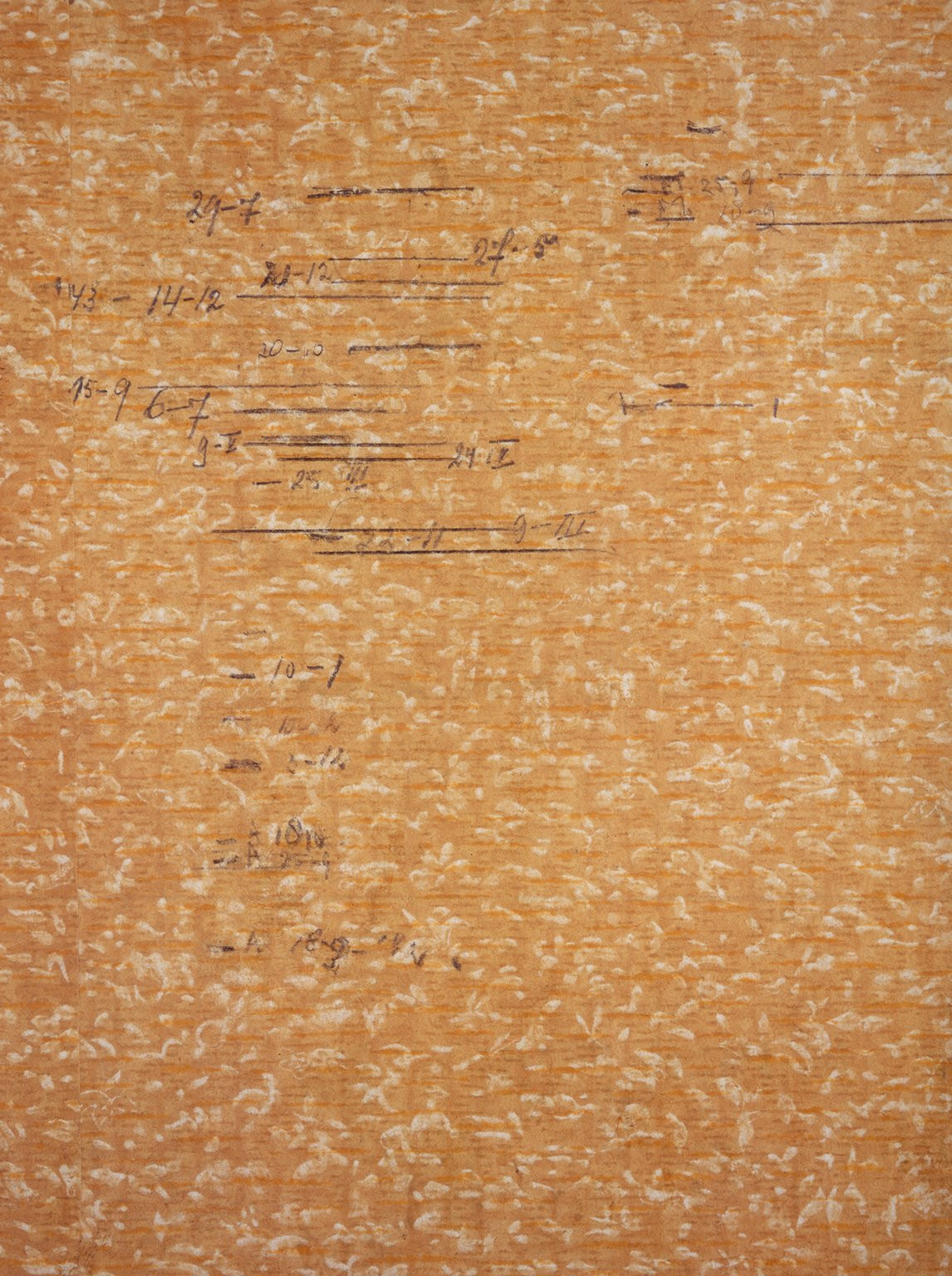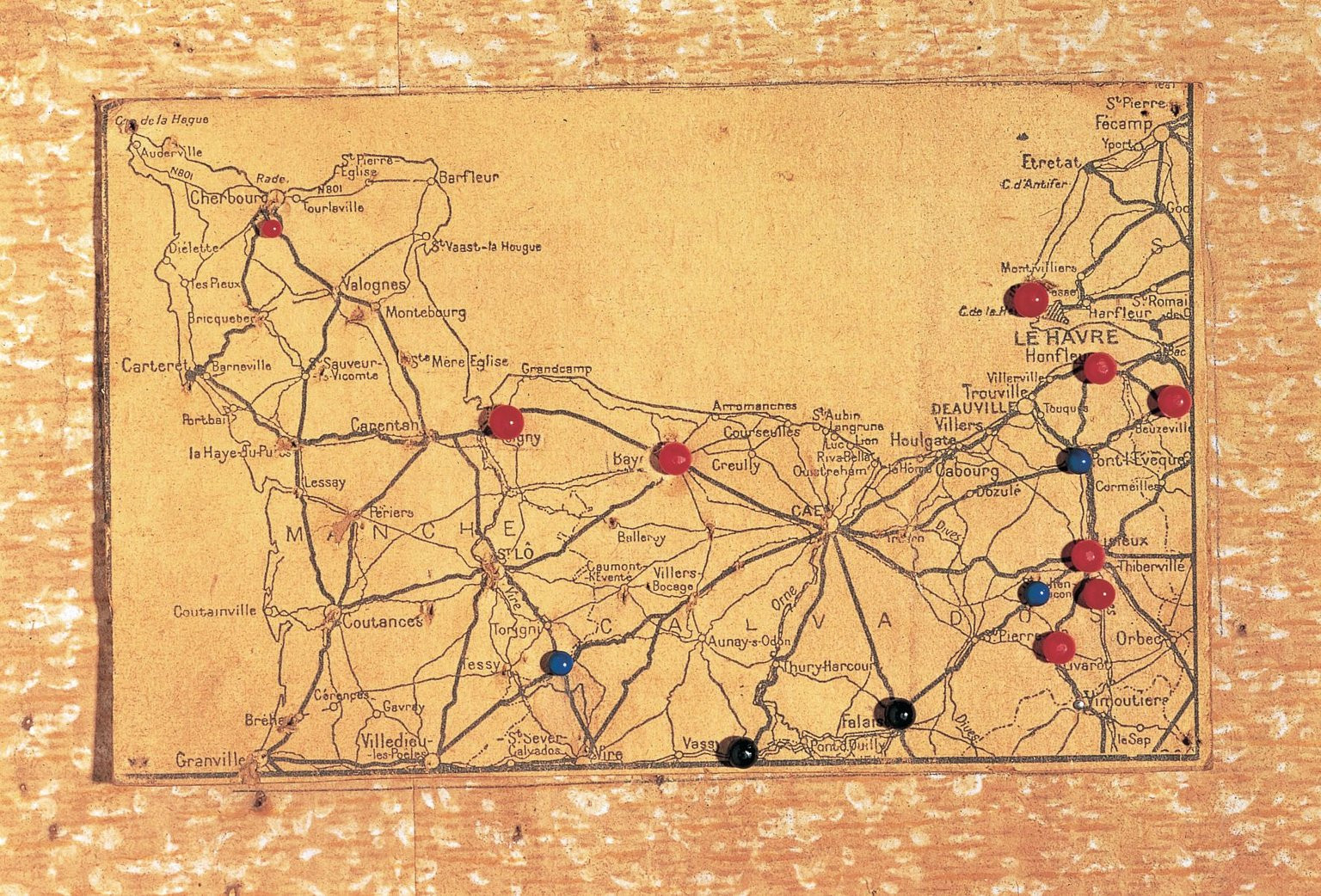Anne Frank is a name synonymous with courage, resilience, and the enduring spirit of hope amidst unimaginable darkness. Her diary, a poignant account of life in hiding during the Nazi occupation of the Netherlands, has touched millions worldwide. But Where Is Anne Frank now? While Anne tragically perished in Bergen-Belsen concentration camp, the place where she spent over two years hidden with her family and friends still stands as a powerful testament to her life and legacy: the Secret Annex in Amsterdam.
Discovering the Secret Annex: Anne Frank’s Hiding Place
Located at Prinsengracht 263-267 in Amsterdam, the Anne Frank House marks the location of the “achterhuis,” or Secret Annex, where Anne, her family, and four others sought refuge from Nazi persecution. On July 6, 1942, the Frank family went into hiding in the rooms behind Otto Frank’s business premises. This hidden space became their world for over two years, until their betrayal and arrest in August 1944.
The building itself is comprised of two sections: the main house, which fronted the canal and housed the business, and the annex at the rear, concealed from street view. It was in the upper floors of this annex that eight individuals – the Frank family, the Van Pels family, and Fritz Pfeffer – lived in cramped and constant fear of discovery.
Inside the Anne Frank House: A Journey Through History
Today, the Anne Frank House operates as a museum, preserving the annex and sharing Anne’s story with visitors from around the globe. Stepping inside is a profoundly moving experience, allowing one to connect with the reality of Anne’s life in hiding.
Anne’s Room: A Space of Dreams and Reflections
Anne shared a small room with Fritz Pfeffer, a dentist. Despite the close quarters and personality clashes, Anne sought to personalize her space. As she wrote in her diary on July 11, 1942:
‘Thanks to Father, who had brought my whole collection of picture postcards and movie stars here beforehand, I have been able to treat the walls with a pot of glue and a brush and so turn the entire room into one big picture.’
Visitors can see the bare walls of this room, imagining the posters and photos Anne used to brighten her confinement and fuel her dreams of a life beyond the annex.
Pen-and-Inklings: Beyond the Diary
While her diary is world-renowned, the Anne Frank House also highlights Anne’s other writings. She called her short stories “Pen-and-Inklings,” tales ranging from events within the Secret Annex to fairy tales and childhood memories. The museum showcases these less known works, offering a fuller picture of Anne’s literary talent and creative spirit. Recently, a special edition of her short stories was illustrated by 46 artists worldwide, and these illustrations are featured in a museum exhibition.
The Diary Room: Witnessing the Original
A highlight for many visitors is the “Diary Room,” where Anne’s original red-checked diary is displayed. This is the diary she received for her 13th birthday, just before going into hiding. As the pages of this diary filled, Anne continued writing in notebooks. Inspired by the idea of preserving wartime diaries, Anne began rewriting and editing her diary with aspirations of becoming a writer. Pages from this rewritten manuscript, as well as her “Favourite Quotes Book” and “Tales Book,” are also exhibited, offering a tangible connection to Anne’s thoughts and dreams.
Must-See Artifacts: Traces of the Hidden Inhabitants
Throughout the Anne Frank House, subtle yet powerful traces of the inhabitants remain. Personal objects and markings on the walls offer poignant glimpses into their daily lives in hiding. Among the must-see items are:
 Visitors exploring the Anne Frank House museum exhibits, learning about Anne Frank's life and hiding place.
Visitors exploring the Anne Frank House museum exhibits, learning about Anne Frank's life and hiding place.
 Anne Frank's original diary on display at the Anne Frank House in Amsterdam, a key artifact of World War II history.
Anne Frank's original diary on display at the Anne Frank House in Amsterdam, a key artifact of World War II history.
 Growth marks on the wall in the Secret Annex, showing how the children hiding there grew during their confinement.
Growth marks on the wall in the Secret Annex, showing how the children hiding there grew during their confinement.
 Map of Normandy in the Frank family's room in the Secret Annex, illustrating their connection to world events during hiding.
Map of Normandy in the Frank family's room in the Secret Annex, illustrating their connection to world events during hiding.
These objects, including Anne’s diary, her writings, and even the growth marks of the children on the wall, serve as poignant reminders of the individuals who lived and dreamed within these walls.
Visiting the Anne Frank House: A Place of Remembrance
While Anne Frank is no longer physically with us, her spirit lives on through her diary and the preservation of her hiding place. The Anne Frank House is not just a museum; it is a site of remembrance, education, and reflection. It answers the question “where is Anne Frank?” by offering a tangible connection to her life and the historical context of the Holocaust. Visiting the Secret Annex provides a powerful and deeply moving experience, ensuring that Anne’s story and the lessons of history continue to resonate with future generations.

